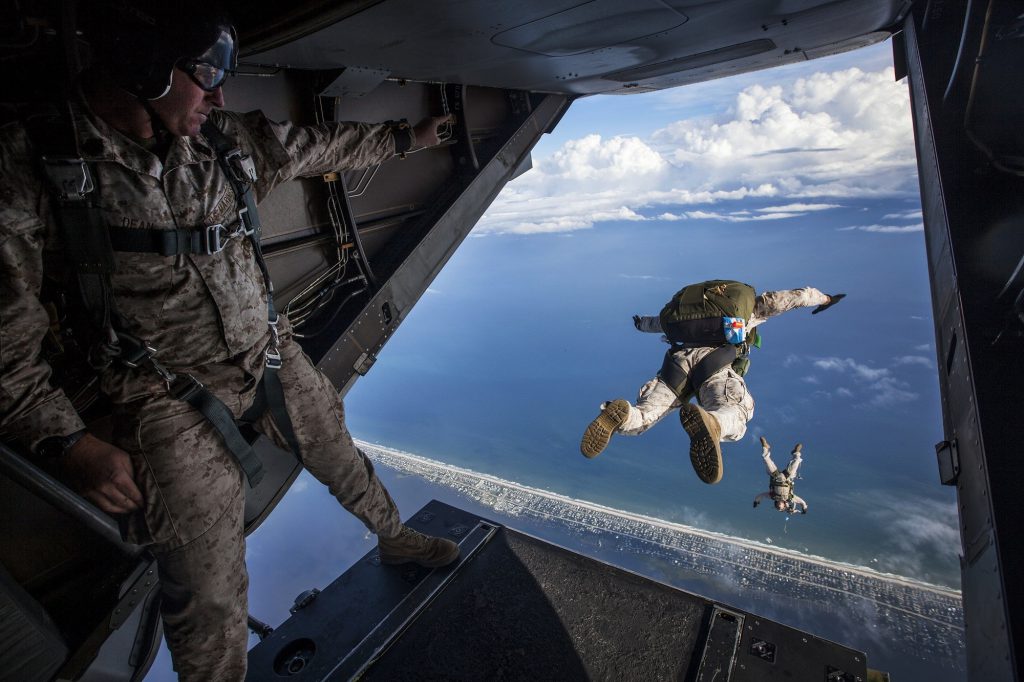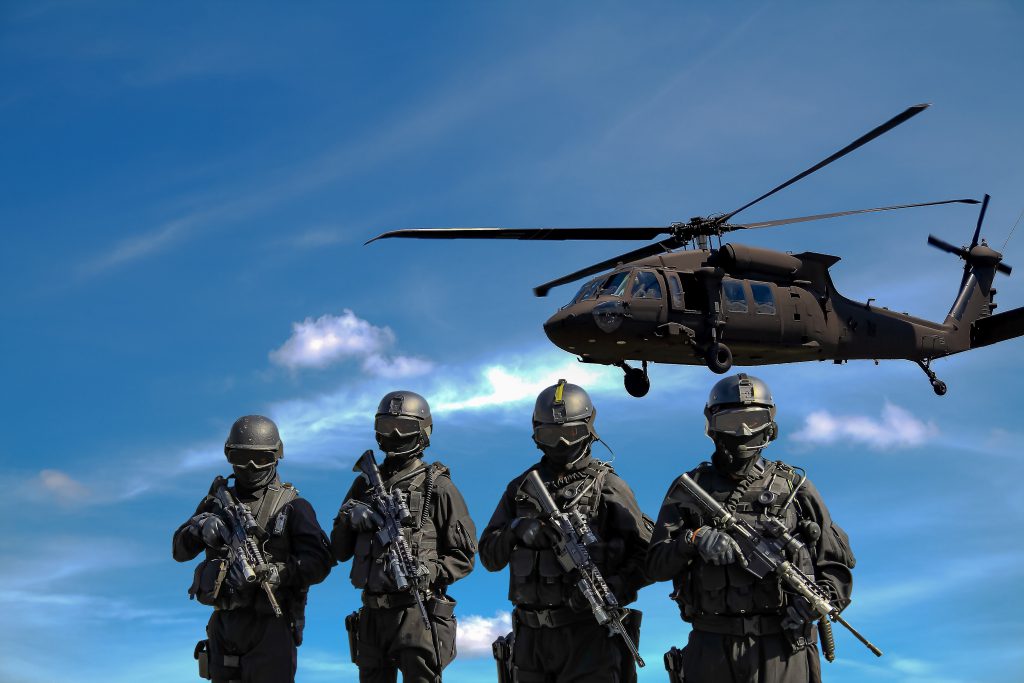Global defense spending up 3.6% and tops out at almost $2 trillion dollars

WASHINGTON — According to DefenseNews’ Aaron Mehta, Global defense spending hit $1.917 trillion in 2019, a 3.6 percent increase over previous year figures and the largest increase in one year since 2010, according to the annual report by the Stockholm International Peace Research Institute.
The United States tops the list of big spenders with its $732 billion, which is 38% of global military spending, SIPRI has reported. Rounding out the top five countries are China ($261 billion, at 14 percent of global total), India ($71.1 billion, at 3.7 percent), Russia ($65.1 billion, at 3.4 percent) and Saudi Arabia ($61.9 billion, at 3.2 percent).
“Global military expenditure was 7.2 percent higher in 2019 than it was in 2010, showing a trend that military spending growth has accelerated in recent years,” SIPRI’s Nan Tian said in a statement. “This is the highest level of spending since the 2008 global financial crisis and probably represents a peak in expenditure.”

SIPRI is widely considered to be the authority on military expenditures and exports, having gathered such data for decades. Other key developments, as noted by the researchers:
- Together, the top 15 countries spent $1.553 trillion, 81 percent of global military spending. All but three countries in the top 15 had higher military expenditures in 2019 than in 2010, the exceptions being the U.S. (15 percent drop), the U.K. (15 percent drop) and Italy (11 percent drop.)
- Total military expenditures of the 11 countries in the Middle East for which data is available decreased by 7.5 percent to $147 billion, driven in part by an estimated 16 percent drop from Saudi Arabia. That overall percentage also decreased in 2018. SIPRI was unable to calculate totals from Qatar, Syria, the United Arab Emirates and Yemen.
- Military spending in South America was relatively unchanged from the previous year, coming in at $52.8 billion. Fifty-one percent of that spending, $26.9 billion, came from Brazil.
- Combined military expenditures from Africa grew by 1.5 percent to an estimated $41.2 billion in 2019, the first time that region saw a spending increase in five years. That includes plus-ups in Burkina Faso (22 percent), Cameroon (1.4 percent), Mali (3.6 percent), the Central African Republic (8.7 percent), the Democratic Republic of the Congo (16 percent) and Uganda (52 percent).
- Of the 149 countries SIPRI studied, 10 allocated 4 percent or more of their gross domestic product to the military, which the group defines as the “military burden.” Thirteen countries had a military burden of 3 to 3.9 percent of GDP; 24 had a military burden of 2 to 2.9 percent; 65 had a military burden of 1 to 1.9 percent; and 34 allocated less than 1 percent of their GDP to the military.
- Three countries had no military expenditures in 2019: Costa Rica, Iceland and Panama.
Increase in spending equals increase in support. No other company understands that better than ISO Group. We continue to collect and maintain a propitiatory database with accurate and reliable data on more than 125 million part numbers, with support of more than 2000 weapons systems. At the heart of our operation is our Defense Logistics Management System (DLMS®) that utilizes machine learning to analyze years of supply chain analytics that provide valuable insight to help keep your supply chain strong. ISO Group is your Supply Chain Partner.
